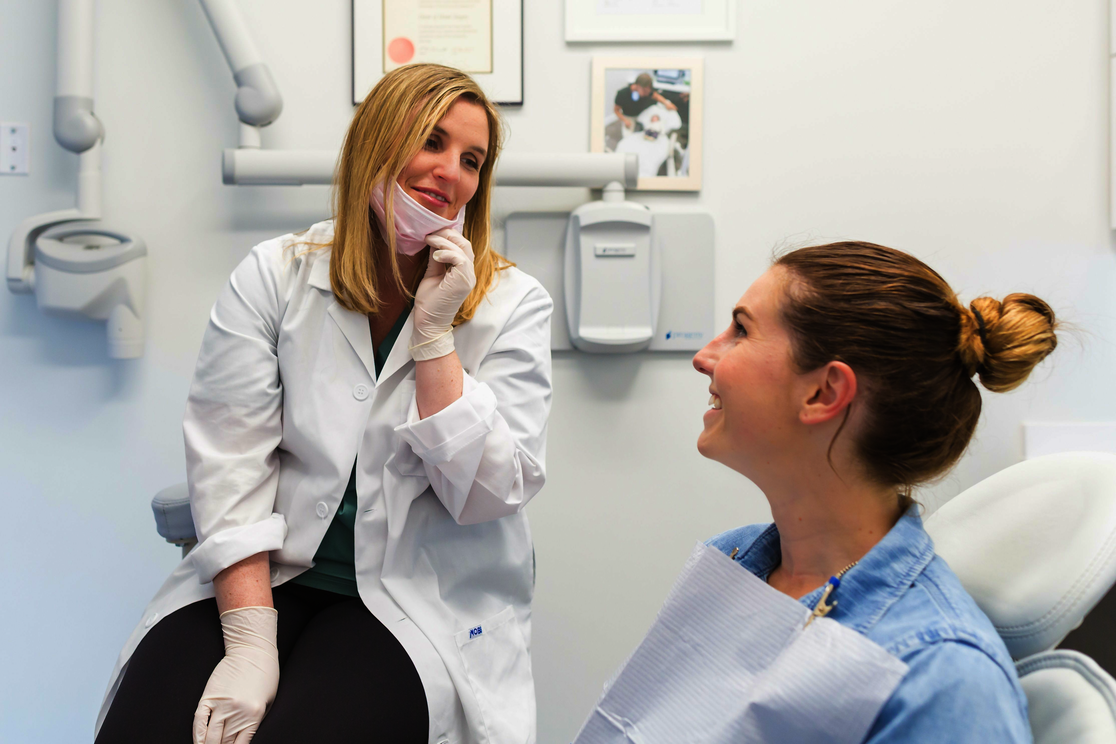What Pregnant Dental Hygienists Need to Know

Women often work during their pregnancy and, depending on the demands of their career or the ease of their pregnancy, many may work up until their due date. Some occupations have more inherent challenges than others when it comes to being pregnant. Dental hygienists are in that category since their job requires them to work around radiation during the workday. Abstaining from administering X-rays to patients during pregnancy may not be an option, but there are ways for pregnant women to keep themselves and their unborn child safe.
Rather than asking others to step in when patients need X-rays, the American Dental Association recommends that pregnant hygienists use work practice controls, such as personal dosimetry badges, to monitor their exposure to ionizing radiation. Whether it’s a wall-mounted X-ray unit — as many dental offices have — or a handheld unit, minimizing the risk of exposure to radiation is possible by employing best practices. Standing behind a wall after a film or sensor is placed in a patient’s mouth will help mitigate radiation exposure to a dental hygienist. But, how will you know how much radiation you’re actually being exposed to? Wearing a dosimetry badge is an added assurance for monitoring radiation exposure that also provides peace of mind. In fact, many local/state guidelines require the use of personal dosimetry badges for pregnant employees who work around medical imaging equipment. Requirements vary by state and facility/employer, so check with your employer and/or local/state guidelines to learn more.
The Instadose+ TM dosimeter is an easy-to-use device that monitors daily and cumulative dose exposure. Unlike film dosimetry badges, which must be collected and developed every few months, the Instadose+ dosimeter provides data on-demand. The dosimeter can be read with a personal computer or mobile device, and the amount of exposure can be viewed immediately. The Instadose+ dosimeter can also help confirm if other methods of protection — employing best practices using lead protective gear when necessary or standing behind a lead wall during X-rays — are, indeed, working. If the dosimetry badge detects an aberration in exposure levels, it’s best to reassess the proper methods of working with radiation, which benefit everyone, not just pregnant dental hygienists.


